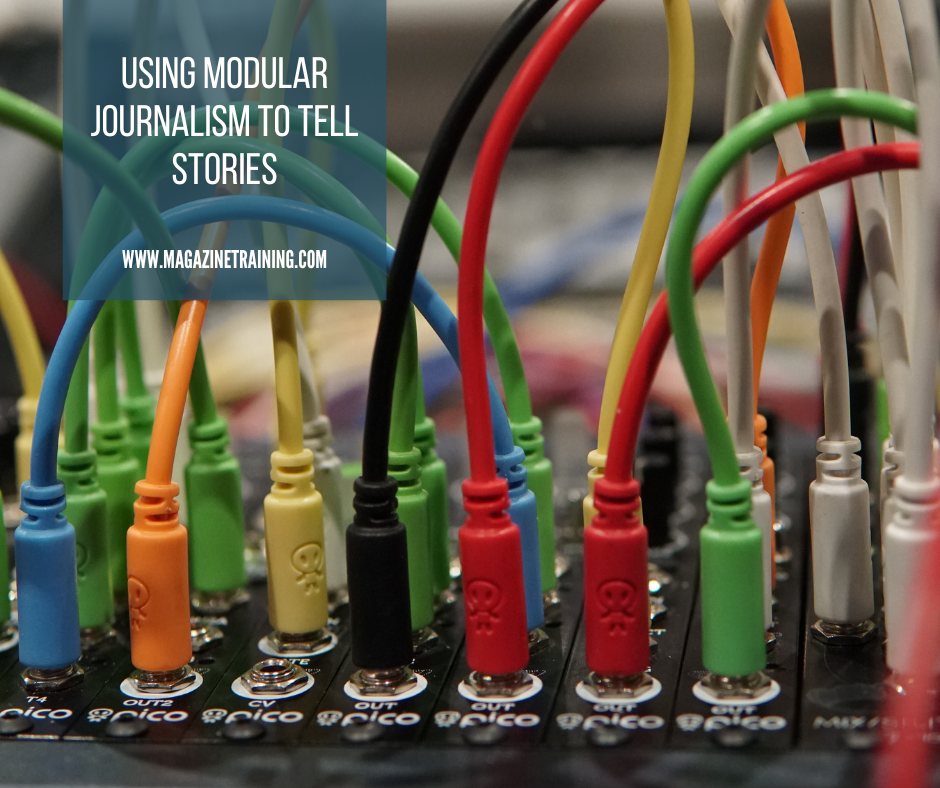
When we talk about journalism and artificial intelligence (AI), we often assume that we just bring a piece of tech to the newsroom to fix an editorial problem and carry on doing journalism as usual. But what makes us so sure that the way we tell stories works in the first place?
How we define a problem has a lot to do with the solution we come up with. While most news organizations are looking at using technology to grow their audience and get their attention, few are wondering whether the kind of journalism they are using the tech for is actually useful to their readers.
That is exactly the question that Pierpaolo Bozzano, head of Content Innovation Lab at the Italian publisher Il Sole 24 Ore, wanted to explore. So he and his team joined Collab Challenges, a series of experiments organized by JournalismAI, a project of Polis, the journalism think tank at the London School of Economics and Political Science (LSE) and supported by Google News Initiative.
Bozzano started by spelling out the uncomfortable truth about today’s journalism: long articles do not reach most audiences. People just scan the headline and the first few paragraphs, and the rest of the piece sits on the website unread.
So he and his team looked at specific parts of an article to see whether they resonate with the reader. They used AI to tag these parts and realized that there are bits that are genuinely useful and others that are dysfunctional. That means that some of the sentences, quotes and paragraphs we routinely use in journalism are not only pointless but they put people off.
For a lot of journalists and editors, this can be hard to swallow. Bozzano said that there was some resistance from his colleagues who felt like their freedom to build a story the way they want is being taken away. But if you are serious about writing for your readers and not for yourself (or to impress other journalists), you may want to explore a new way to do journalism.
Pick ‘n’ mix
The concept of looking at a story not as a monolith but as a collection of bits that are useful or useless to the reader is called modular journalism. A module is a piece of text that, for example, answers a specific question like “why is this story important” or “what is the impact on my community.” To define the modules — and to teach the tech to recognize them — the team worked with linguists and also took into consideration user needs.
by Marcela Kunova, International Journalists’ Network
Photo by TStudio_lv on Unsplash
Related posts
Magazine Training International’s mission is to encourage, strengthen, and provide training and resources to Christian magazine publishers as they seek to build the church and reach their societies for Christ.

